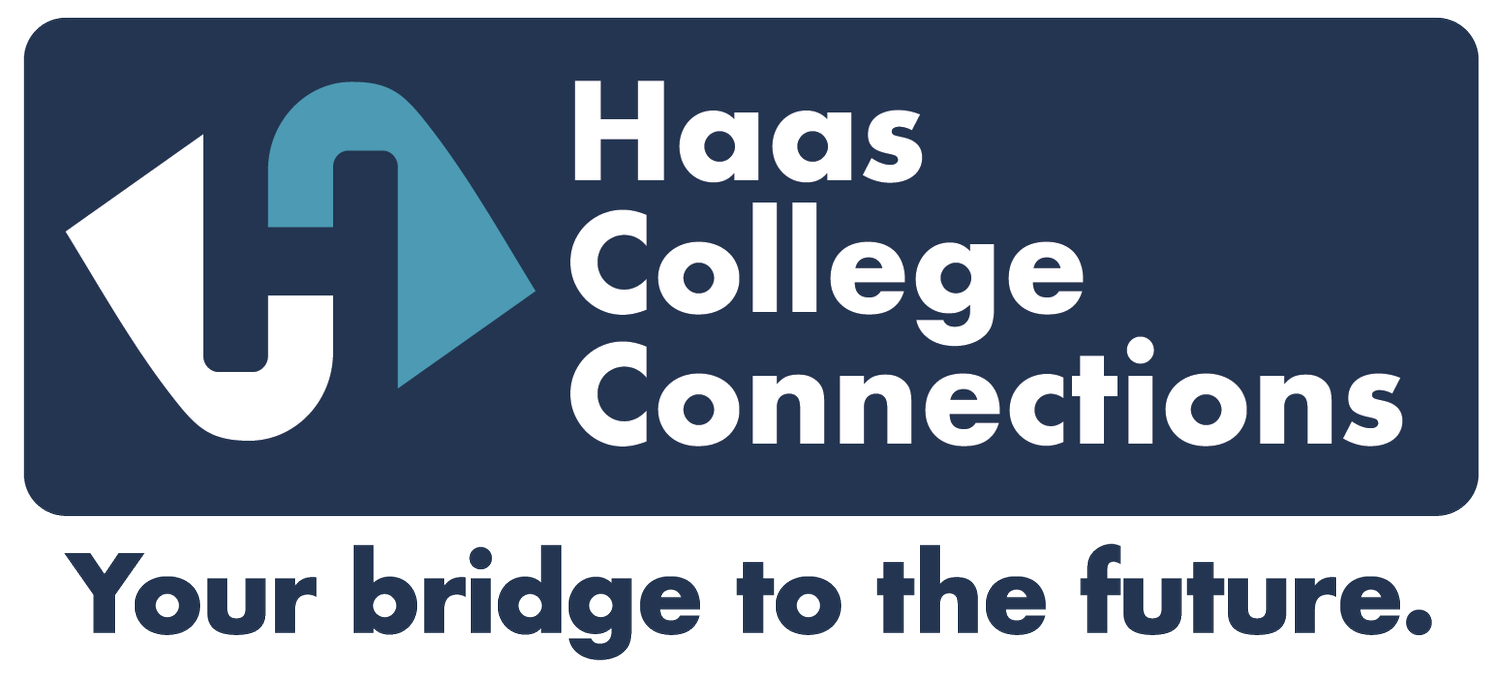Demystifying Deferrals and Waitlists
After many months of toiling over college applications high school seniors are anxiously awaiting the initial group of admissions decisions to arrive in their inboxes. While some students who applied Early Decision (ED) or Early Admissions (EA) have already received an offer of admission, others are not so fortunate. Picture the following scenario: Eager to receive an update from one of your dream schools, you rush to check your portal or email. Much to your dismay, however, you discover that you have been deferred or waitlisted. Now what do you do? Which is better, being waitlisted or deferred? And, what should you do about it?
First of all, let’s unpack the differences. When an immediate decision on your application is not possible, colleges and universities may opt to defer or waitlist an applicant. Either way, the ultimate decision of your application for admission is going to take a while, sometimes a long while. Those students who receive a deferral letter most likely applied to their “dream school” using its EA or ED plan or plans. Perhaps the institution requires more time or information about your application in order to deny or grant you admission. Consequently, they have chosen to boot your application to the Regular Decision (RD) pool for future consideration. When you get deferred, it is usually because your application was not an obvious admit choice but has potential for consideration. Ouch! Try not to take it personally. Sometimes a school just needs to wait to see how you will stack up to the typically larger, regular applicant pool. And, quite honestly, that may have nothing to do with you.
Let’s look at the bright side of getting deferred - now you are released from previous obligations to the institution that might have existed as a result of their EA or ED policies. If you applied ED and got deferred, consider yourself doubly blessed because now you have the opportunity to compare your future financial aid packages from other institutions. Had you been accepted ED then you would have had to forfeit the option to attend another school as well as pull all of your other applications. Now you are in the driver’s seat - you get to reassess and prioritize other pending applications. And, while you are waiting for the final word, you can continue to move forward with other applications and consider other offers. Most likely, you can expect to learn your fate around the same time as most regular decision applicants, or by May 1st at the latest.
Getting a waitlist letter, on the other hand, is another ball of wax. A waitlist letter means that the institution, for whatever reason, was unable to make an immediate offer of admission but thinks you have enough potential to be considered for admittance, under the condition that a space opens up. Yikes! Sometimes schools add students to the waitlist because they just don’t have enough seats available, even for excellent students like you. Students are waitlisted in order, which means as the dust begins to settle and the admitted students make their choices, the institution has a list of those waiting in the wings who may take them up on their offer. Sometimes there are circumstances such as standardized tests or grades that do not quite measure up to those applicants who were obvious admits. These students may get waitlisted.
To make matters more complicated, each school will have its own unique method of how they defer admission, with some schools only deferring a very small portion of early applicants while others defer all students to the regular pool who were not offered admittance. And, this policy can fluctuate from year to year. This can be extremely frustrating, to say the least. For this reason, it is incumbent upon the applicant to carefully read the information provided in the deferral letter to determine whether or not any related data was provided. If the reason is unclear, do not be shy. Do some research or pick up the phone and call the admissions office.
Regardless of whether you are deferred or waitlisted, it’s better than getting flat out denied. You’ve still got a shot! And, with a little effort and luck, you’ve still got a chance! Either way, be sure to read the details of your letter and make sure that you respond to your waitlist offer or deferral in a timely manner. In some cases, you may be able to update your application with more information to tip the scale in your favor.
Robin Haas, M.A.Ed. is the founder of Haas College Connections and can be reached at Robin@HaasCollegeConnections.com. She is a member of the Higher Education Consultants Association (HECA), the Independent Educational Consultants Association (IECA), and earned a Certificate in College Counseling with Distinction from UCLA.
